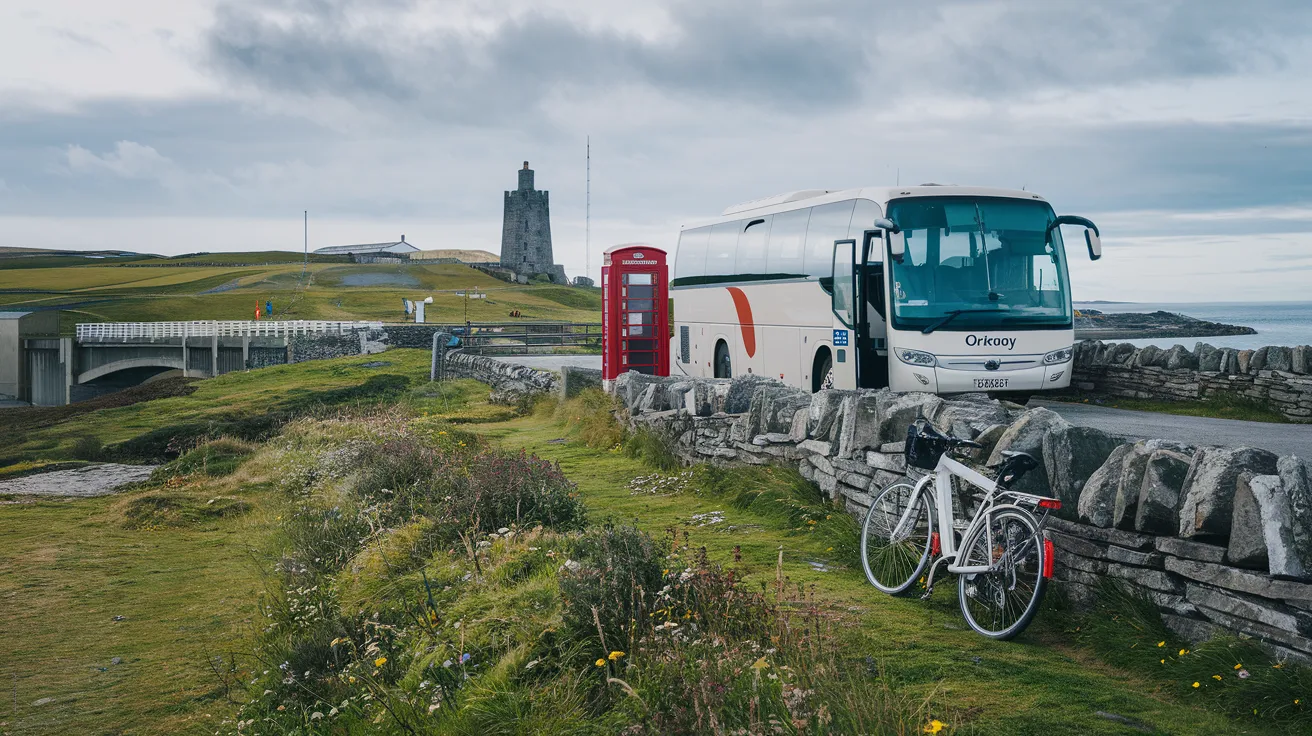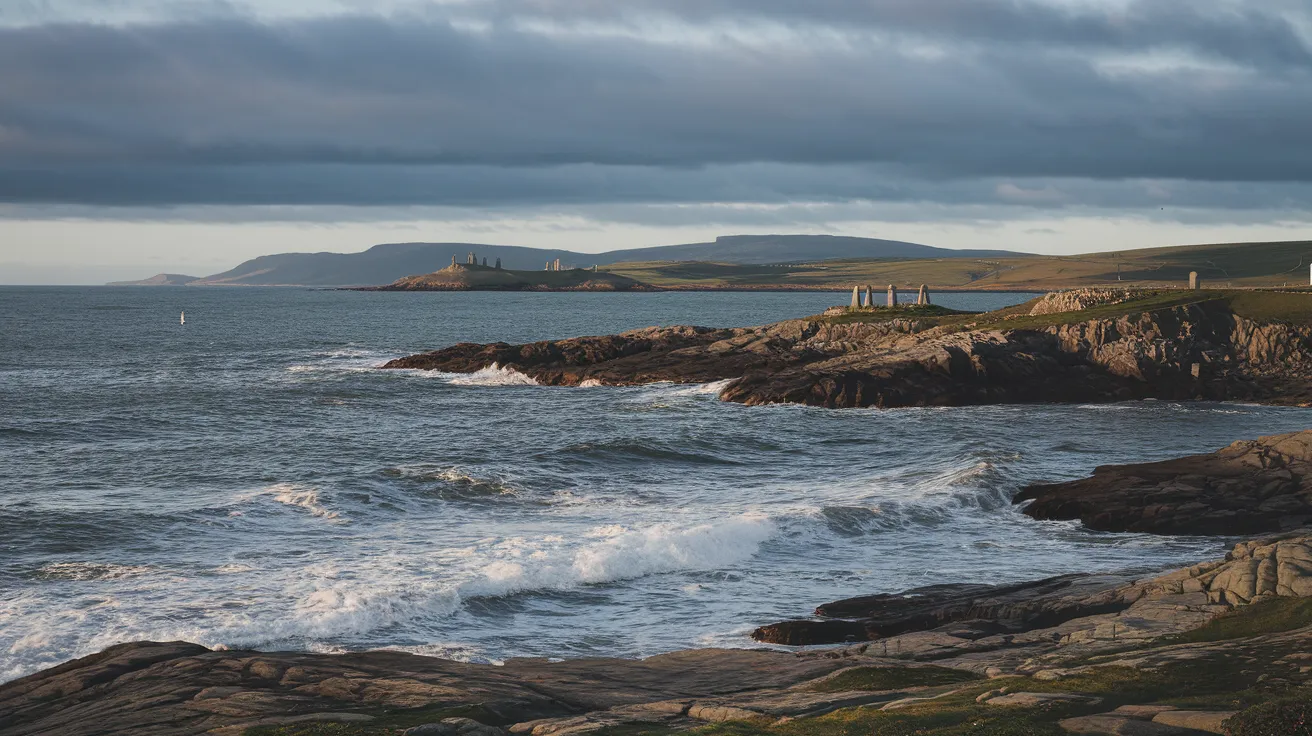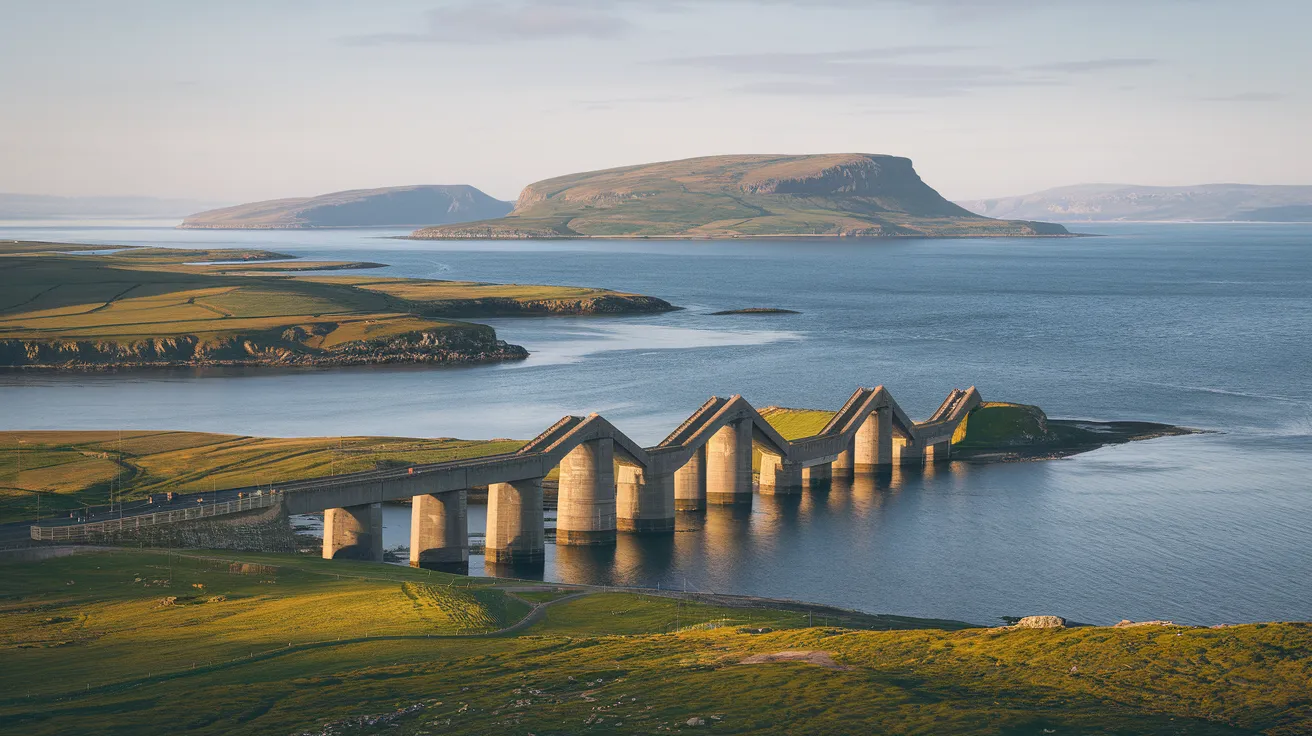Quick Navigation
- Key Takeaways: Orkney Birdwatching
- Orkney's Star Avian Residents
- Atlantic Puffin (Fratercula arctica)
- Hen Harrier (Circus cyaneus)
- Short-eared Owl (Asio flammeus)
- Seabird Spectacles
- Waders and Wildfowl
- A Seasonal Birdwatching Calendar
- Top Birdwatching Hotspots in Orkney
- Tips for Responsible Birdwatching in Orkney
- Planning Your Birding Trip
- Watch: Orkney's Avian Wonders
- Conclusion: An Unforgettable Birding Destination
Where the Atlantic Ocean meets the North Sea, the Orkney archipelago stands as a vital crossroads for birdlife. These windswept islands, with their dramatic cliffs, fertile farmland, and extensive wetlands, host internationally important populations of breeding seabirds, waders, and raptors, alongside attracting fascinating migrants. Whether you're a seasoned birder or a casual nature lover, Orkney offers unparalleled opportunities to witness avian spectacles throughout the year. This guide explores the key species, best seasons, top locations, and essential tips for making the most of Orkney's birdwatching paradise.
Key Takeaways: Orkney Birdwatching
| Star Species | Puffins (Apr-Aug), Hen Harriers (Spring displays), Short-eared Owls, Gannets, Guillemots, Curlews. |
| Best Times | Spring (raptors/migrants), Summer (seabird colonies/Puffins), Autumn/Winter (wildfowl/sea ducks). |
| Top Hotspots | RSPB Reserves: Marwick Head (seabirds), The Loons (waders), Cottascarth (Harriers). Also Noup Head (Gannets), North Hill (Terns). |
| Essential Tips | Use binoculars/hides, stay on paths, control dogs, check Avian Flu guidance, be patient. |
| Why Visit? | World-class, accessible birding with diverse habitats hosting abundant resident and migratory birds. |
Orkney's Star Avian Residents
While over 140 species are regularly recorded, several iconic birds define the Orkney birding experience.
Atlantic Puffin (Fratercula arctica)
Instantly recognisable with their colourful beaks and comical gait, Puffins (or 'Tammie Norries' locally) arrive in April to breed in cliff-face burrows, departing by early August. They are best seen carrying beakfuls of sand eels back to their pufflings. Prime viewing spots include the Brough of Birsay, Marwick Head on the Mainland, and the Castle o' Burrian sea stack on Westray, which hosts Orkney's largest colony.
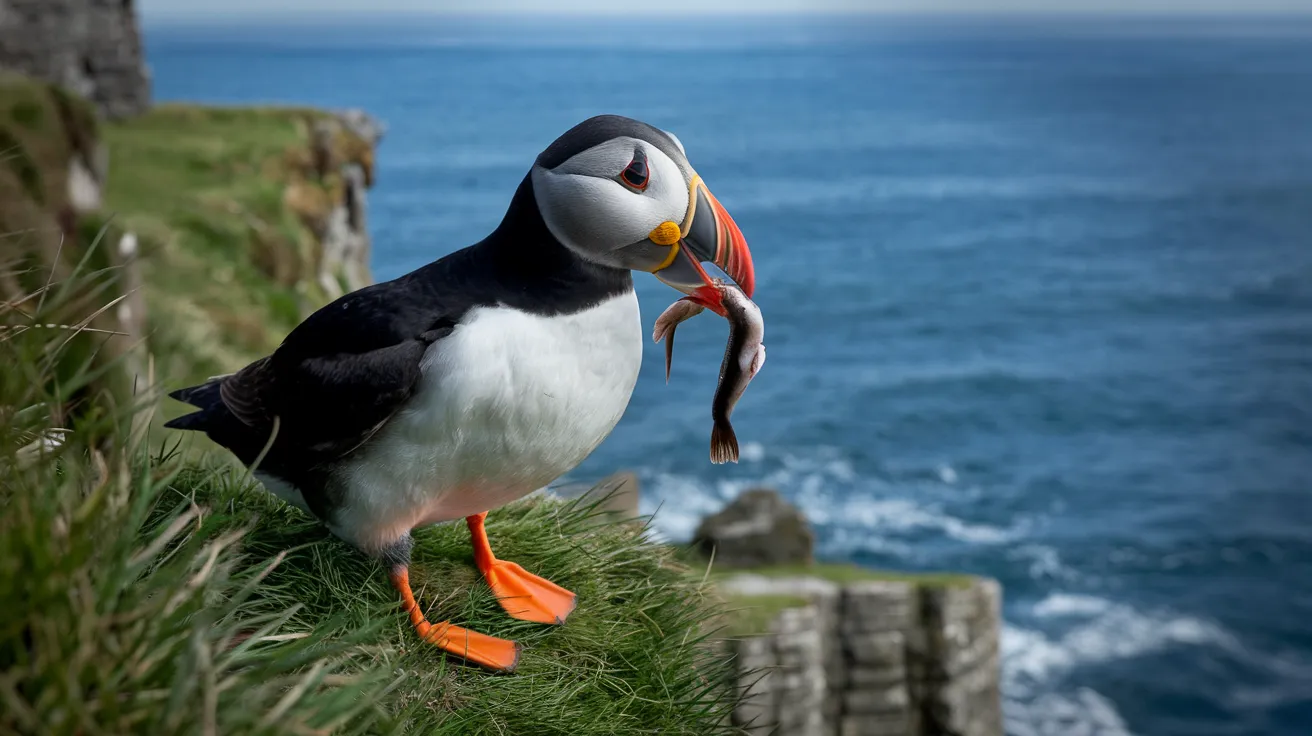
The charismatic Atlantic Puffin is a summer highlight.
Hen Harrier (Circus cyaneus)
Orkney is a UK stronghold for these elegant raptors, holding around 20% of the national breeding population. Look for the ghostly grey males performing their spectacular 'sky-dancing' courtship displays over heather moorland from March to May. Key RSPB reserves like Birsay Moors and Cottascarth & Rendall Moss offer dedicated viewpoints and crucial protected habitat.

Witness the spectacular sky-dance of the male Hen Harrier in spring.
Short-eared Owl (Asio flammeus)
Known locally as 'Cattie-faces', these owls are unusual for hunting during daylight hours, especially in summer when feeding hungry chicks. They rely heavily on the abundant Orkney vole population. Scan fence posts and moorland edges at reserves like Hobbister and Trumland (Rousay) for sightings, particularly during June and July.
Seabird Spectacles
Orkney's cliffs transform into bustling 'seabird cities' from May to August. Key species include:
Gannets: Witness spectacular plunge-diving at Noup Head, Westray, the UK's second-largest gannetry.
Fulmars, Guillemots, Razorbills, Kittiwakes: Vast numbers nest on ledges at Marwick Head, Mull Head (Deerness), and Copinsay. The noise and activity are unforgettable.
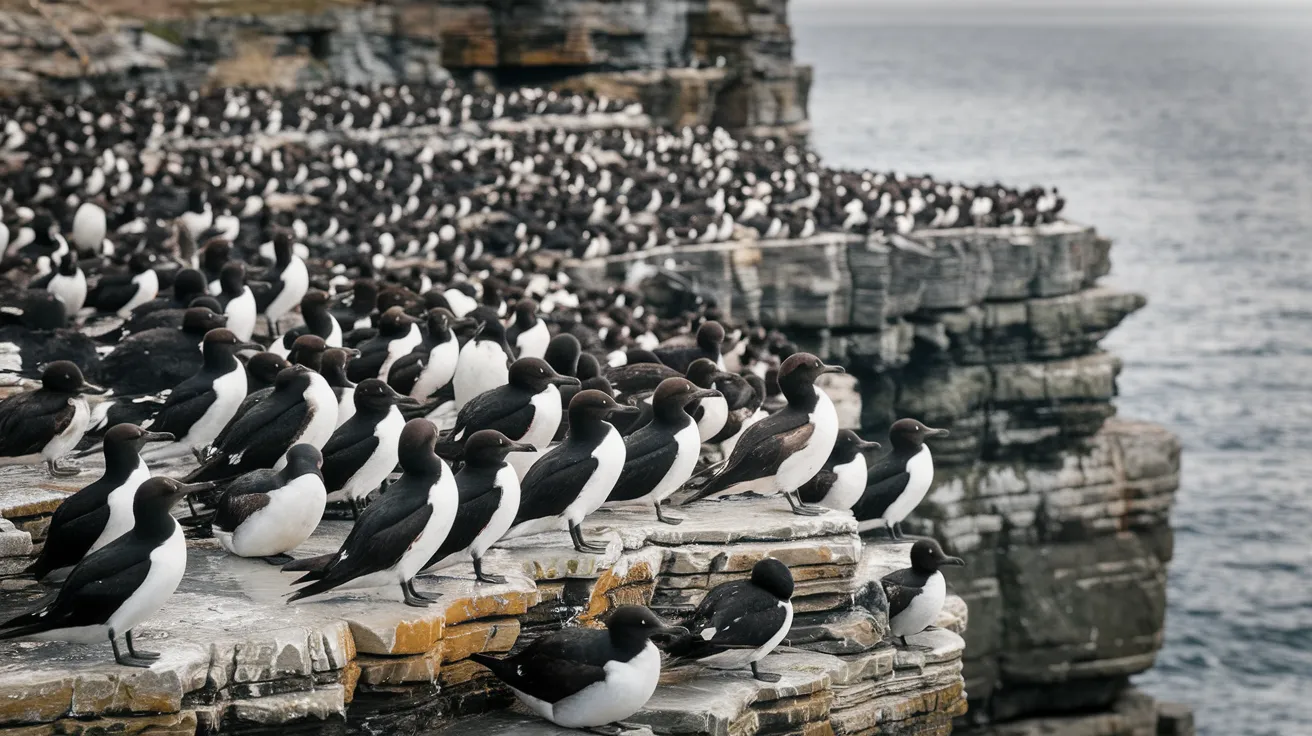
Orkney's cliffs host enormous seabird colonies in summer.
Waders and Wildfowl
Orkney's wetlands and farmland are vital for breeding waders and wintering wildfowl.
Curlew & Lapwing: Listen for the evocative bubbling call of the Curlew and the 'pee-wit' of the Lapwing ('Teeick' locally) across damp grasslands. RSPB reserves like The Loons offer excellent viewing.
Wintering Wildfowl: Thousands of Greylag Geese, Whooper Swans, Wigeon, and Teal overwinter on Orkney's lochs and farmland.
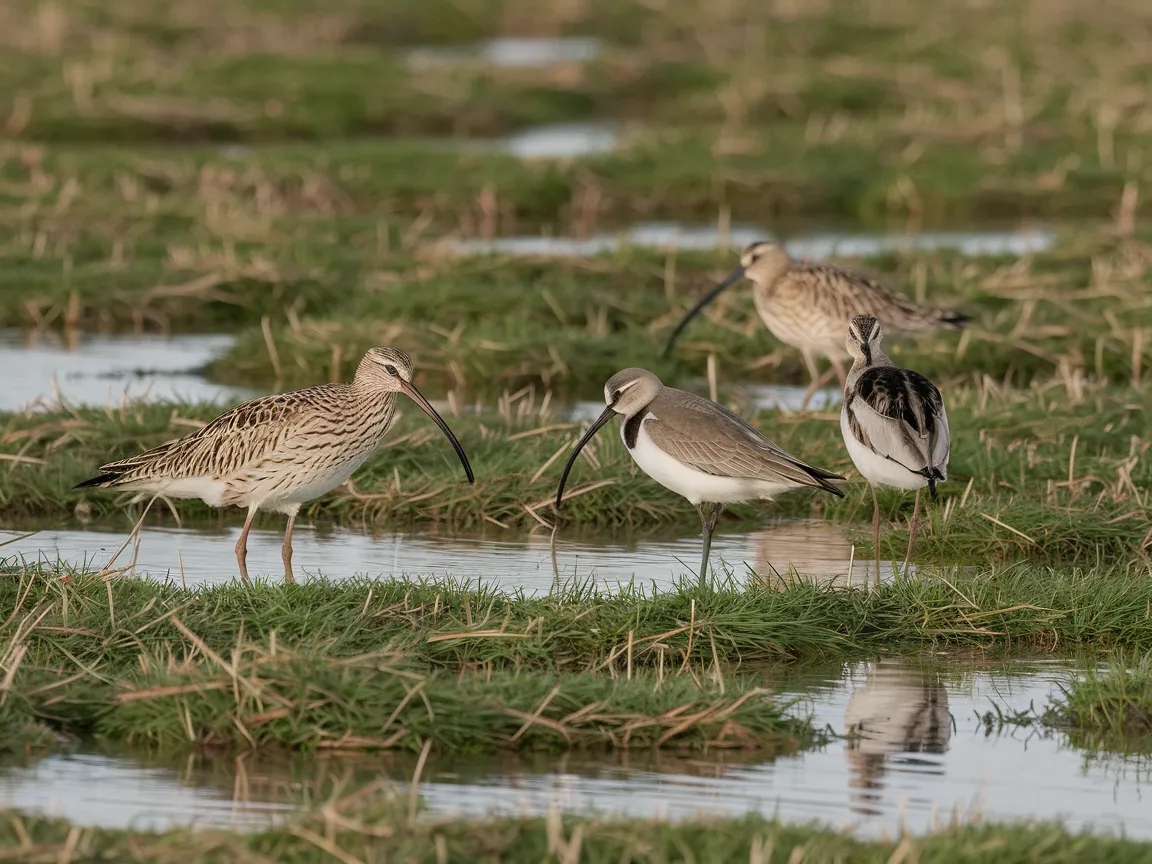
Orkney's wetlands are crucial habitats for breeding waders.
A Seasonal Birdwatching Calendar
Spring (Mar-May): Arrival of summer migrants (Swallows, Wheatears), peak raptor displays (Hen Harrier sky-dancing), first Puffin sightings, Red-throated Diver courtship on moorland lochs (Burgar Hill). See our Orkney in Spring guide.
Summer (Jun-Aug): Bustling seabird colonies, peak Puffin viewing (especially early summer), Short-eared Owls hunting voles, Arctic Tern colonies active (North Hill, Papa Westray).
Autumn (Sep-Nov): Departure of summer breeders, arrival of winter visitors (geese, swans, ducks), passage migrants (warblers, thrushes), seal pupping season attracts eagles.
Winter (Dec-Feb): Large flocks of wildfowl on lochs, sea ducks (Long-tailed Ducks, Eiders) in coastal waters, chance of rare gulls (Iceland, Glaucous) and wintering owls or raptors.
Top Birdwatching Hotspots in Orkney
With 13 RSPB reserves and numerous other prime locations, choosing where to go can be daunting. Here are some highlights:
RSPB Marwick Head (Mainland): Unrivalled seabird cliff experience. Well-maintained path, Kitchener Memorial viewpoint. Best May-July.
RSPB The Loons & Loch of Banks (Mainland): Extensive wetland reserve with hides, including the unique 'Listening Wall'. Excellent for waders, ducks, and summer warblers.
RSPB Cottascarth & Rendall Moss (Mainland): Purpose-built hide specifically for viewing Hen Harriers and other moorland birds.
RSPB Birsay Moors (Mainland): Large expanse of moorland, crucial for breeding Hen Harriers, Merlins, and Red-throated Divers. Can be viewed from roadside hides.
Mull Head (Deerness, Mainland): Coastal reserve with dramatic cliffs, seabirds, and the 'Gloup' collapsed sea cave.
Noup Head (Westray): Home to one of the UK's largest Gannet colonies, plus Guillemots, Razorbills, and Kittiwakes. Requires ferry to Westray.
North Hill (Papa Westray): Famous for its huge Arctic Tern colony and rare Scottish Primrose flowers. Requires ferry/flight to Papa Westray.
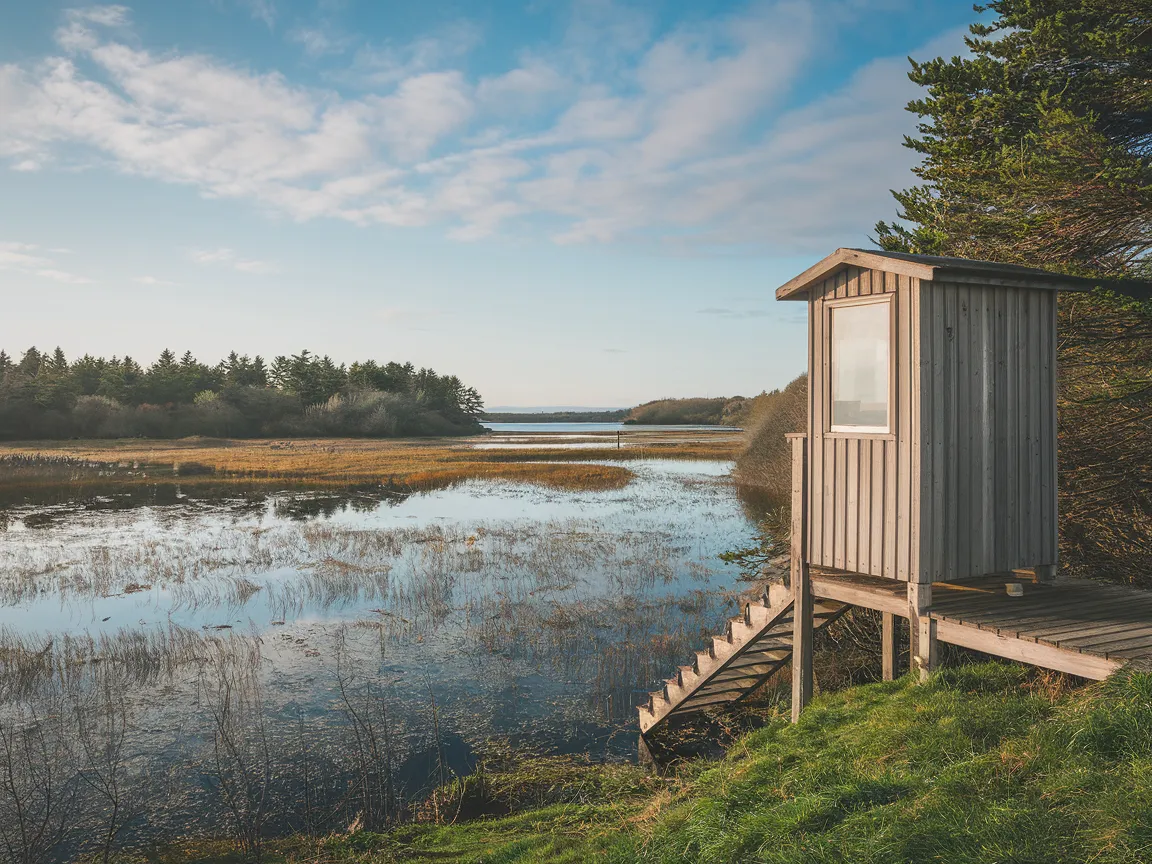
RSPB hides provide comfortable viewing spots across Orkney.
Tips for Responsible Birdwatching in Orkney
Invest in Optics: Good quality binoculars (8x42 or 10x42 recommended) are essential. A spotting scope is beneficial for distant seabirds or waders.
Timing is Everything: Early morning and late afternoon are often best for activity. Check tide times for wader watching on shorelines.
Use Hides: Make use of the excellent RSPB hides for close-up views without disturbing birds.
Stay on Paths: Protect fragile habitats and ground-nesting birds by sticking to marked trails.
Keep Dogs Under Control: Dogs must be kept on leads, especially during breeding season (April-August) and near livestock.
Be Aware of Avian Flu: Follow current guidance (e.g., from NatureScot or RSPB) regarding avian influenza. Do not touch sick or dead birds and report them to DEFRA (03459 33 55 77).
Patience Pays Off: Spend time scanning habitats quietly. Many of Orkney's special birds are well-camouflaged.
Planning Your Birding Trip
For the latest sightings, reserve information, and guided walks, contact RSPB Orkney.
Contact: RSPB Orkney
12-14 North End Road, Stromness, KW16 3AG
Watch: Orkney's Avian Wonders
While specific recent videos focusing solely on birdwatching were hard to verify via provided sources, searching YouTube for channels like RSPB Love Nature or BBC Earth using terms like "Orkney birdwatching highlights 2024" or "Marwick Head seabirds" should yield high-quality, embeddable content. Always check the upload date and creator credibility.
Conclusion: An Unforgettable Birding Destination
Orkney offers a truly world-class birdwatching experience. Its accessibility, combined with the sheer abundance and diversity of birdlife against a backdrop of stunning scenery and ancient history, makes it unique. Whether you're captivated by the massed seabird colonies, thrilled by the sight of a hunting Hen Harrier, or charmed by the ubiquitous Curlews and Oystercatchers, Orkney delivers unforgettable avian encounters. Plan your visit around the seasons, respect the wildlife, and prepare to be amazed.
Looking for a comfortable base for your birding adventures? Explore Orkney Stays conveniently located near RSPB reserves and prime coastal hotspots.

